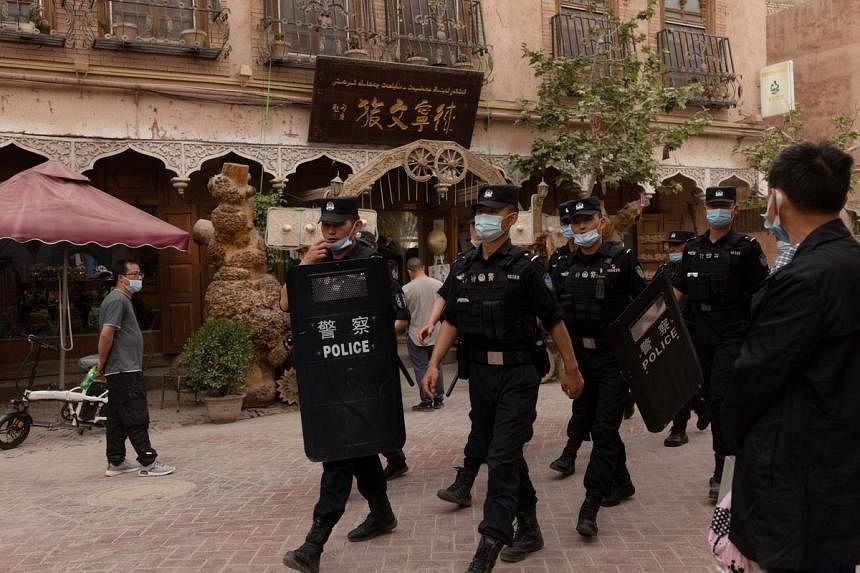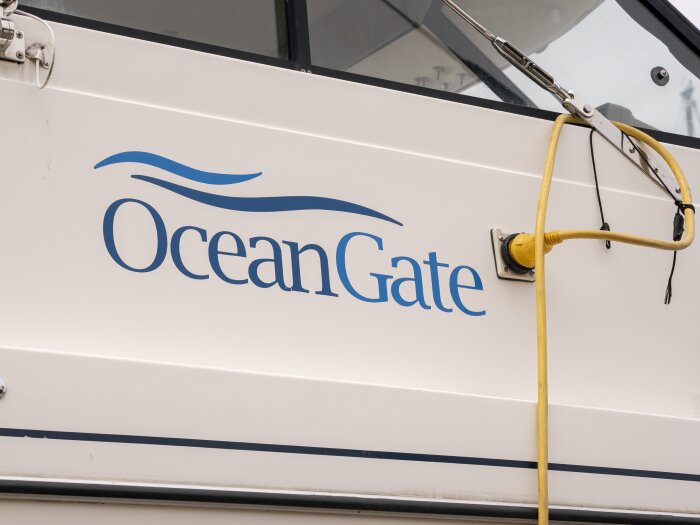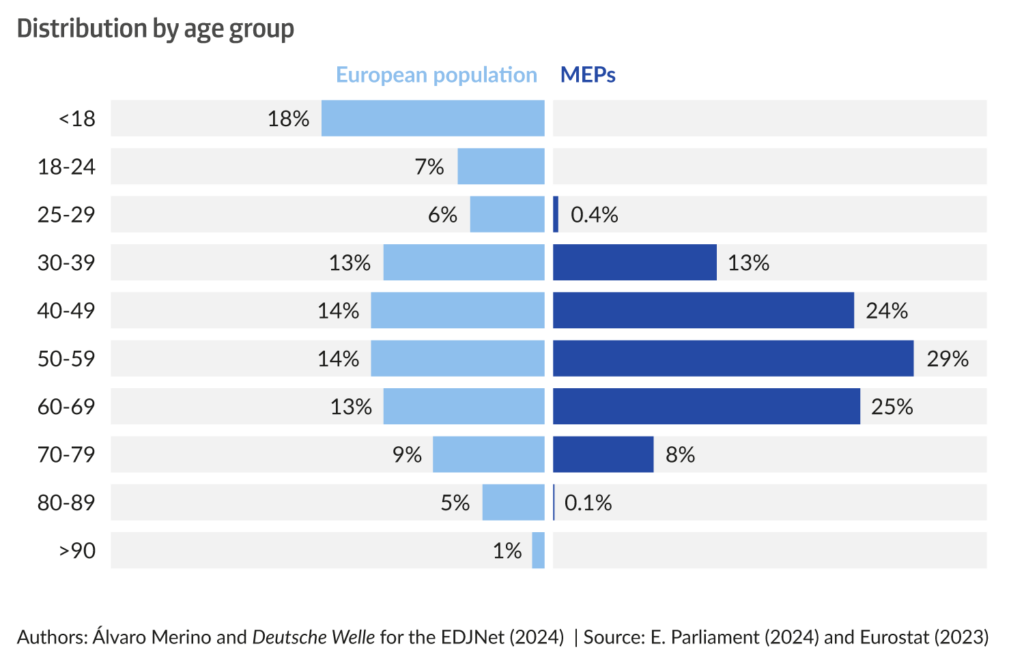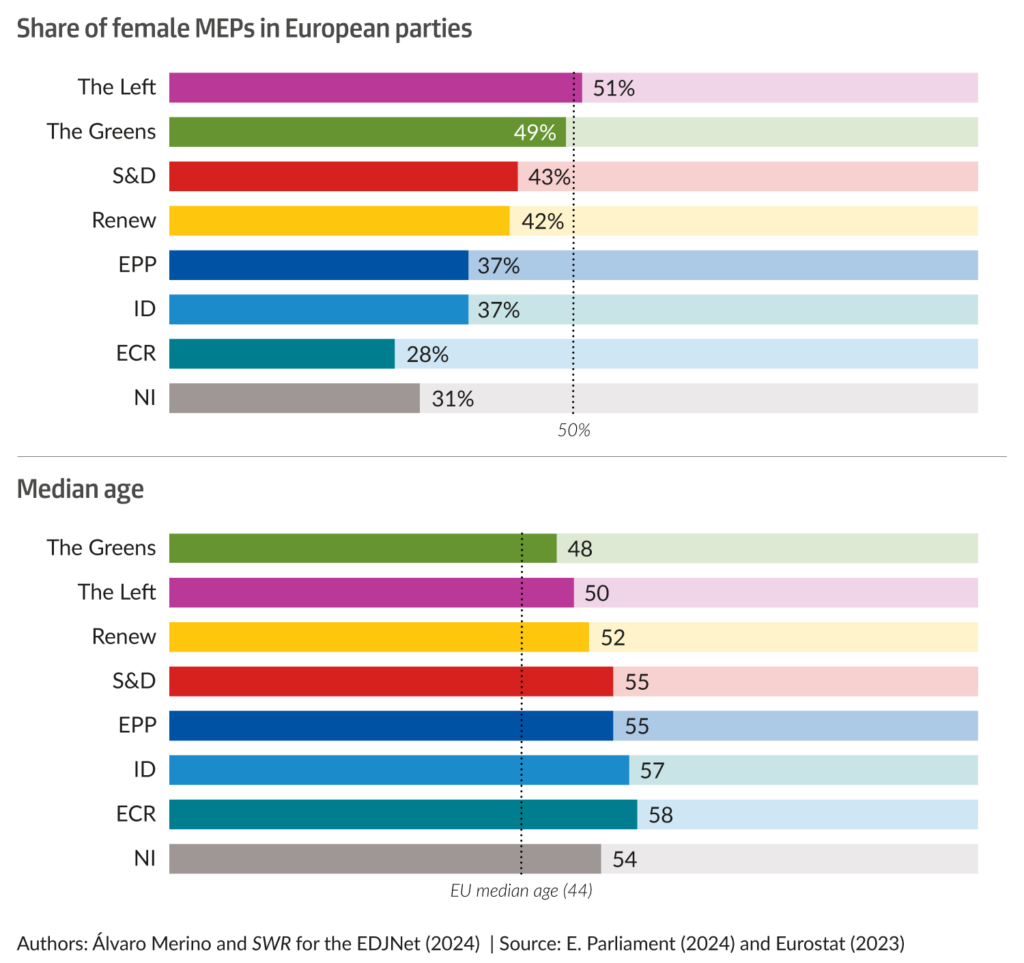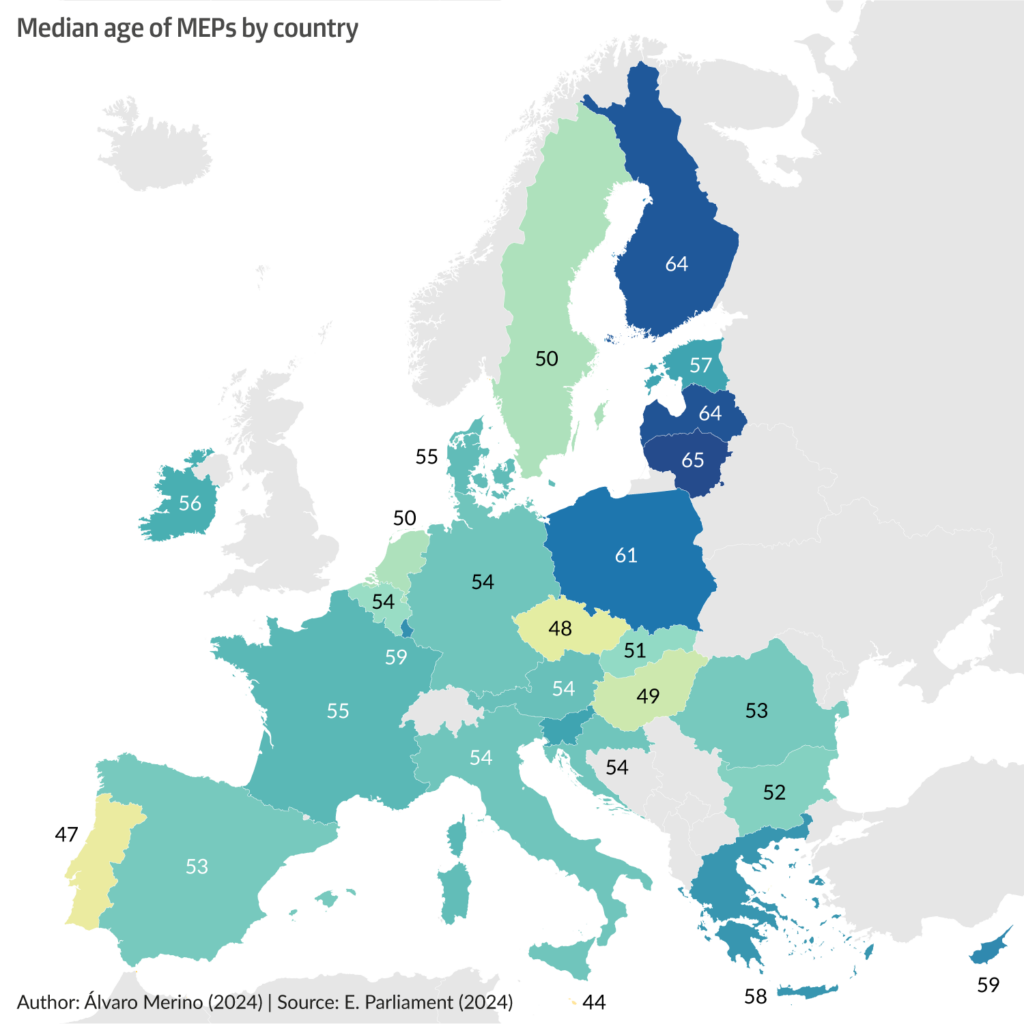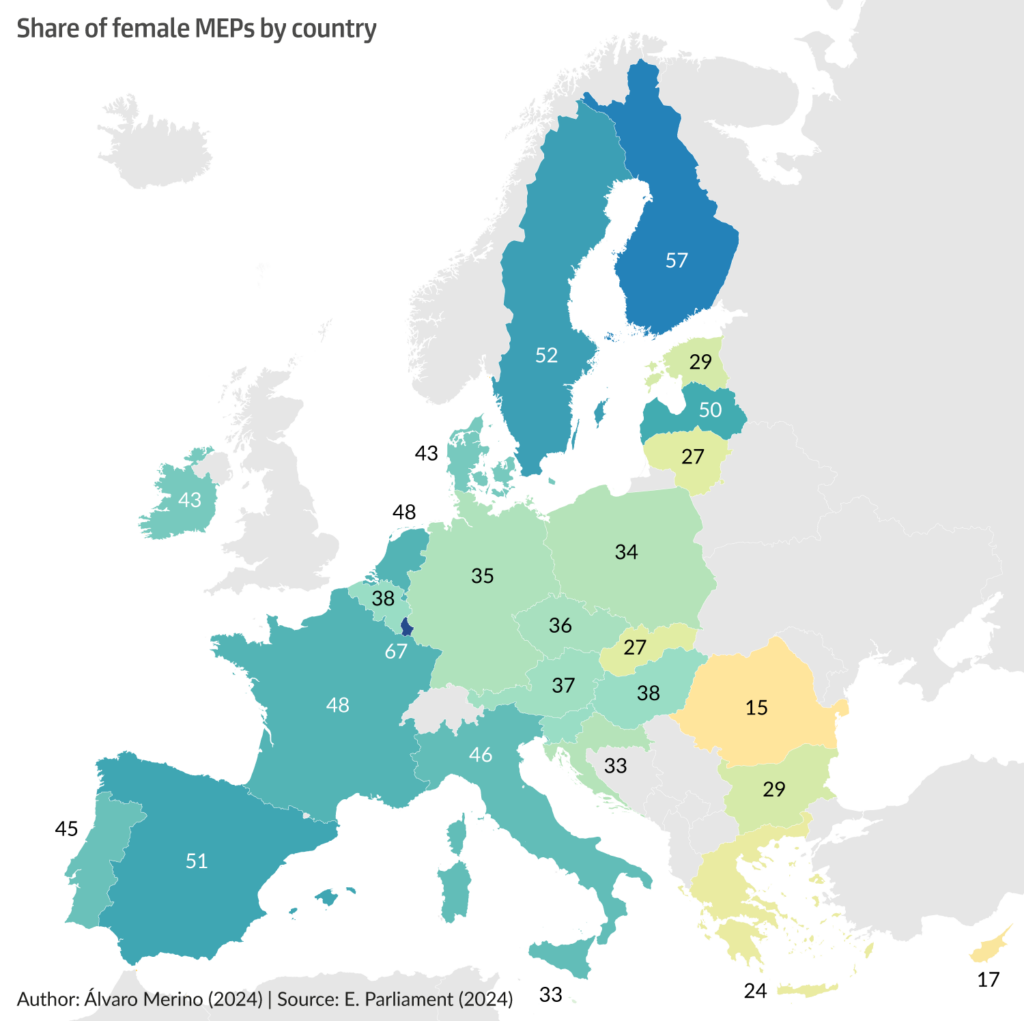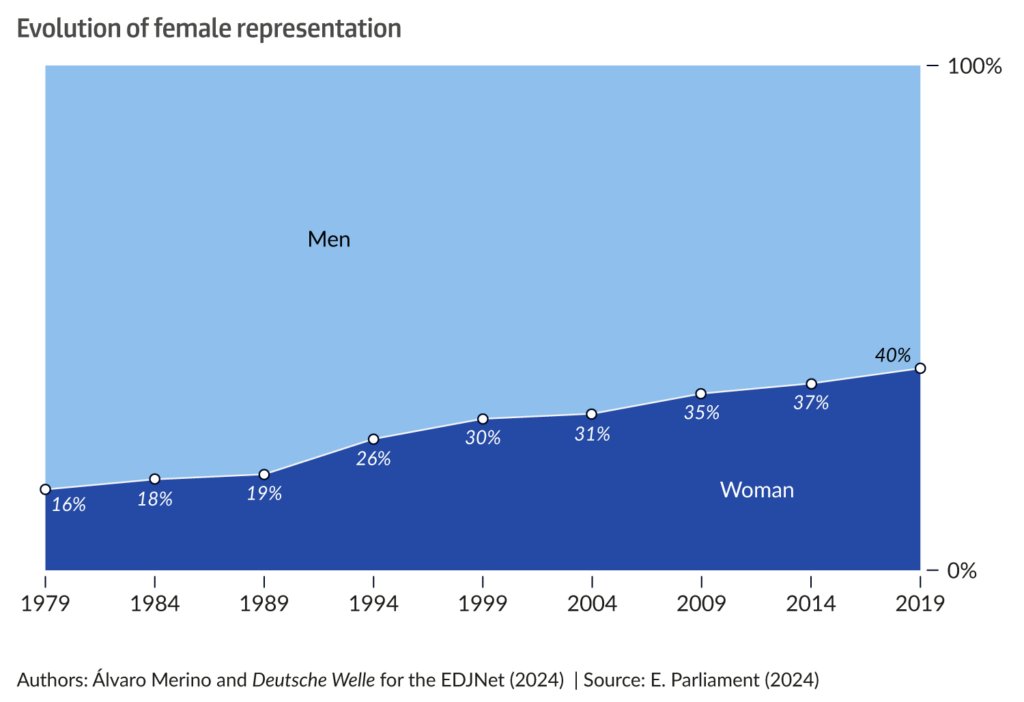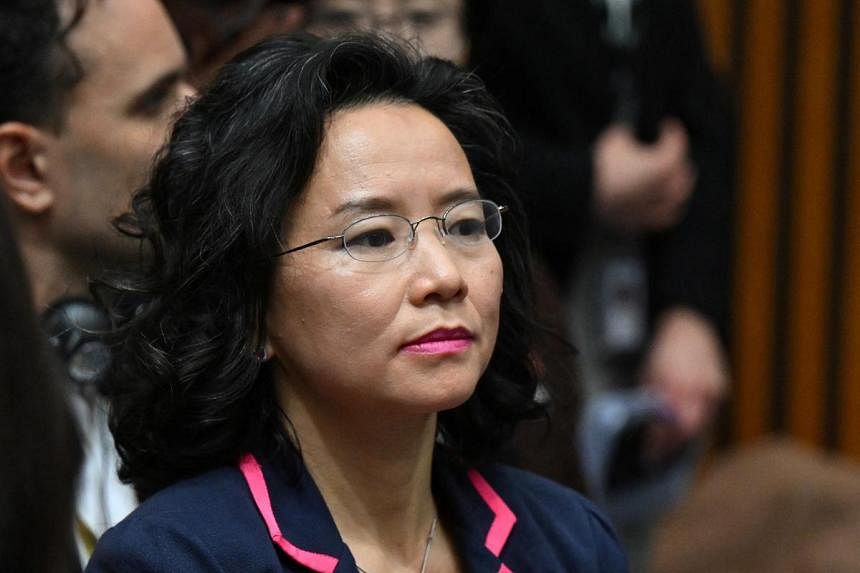A public health disease expert, Dr. Casmir Ifeanyi, has blamed the root cause of the current cholera outbreak in Nigeria on the lack of proper sanitation and inadequate healthcare infrastructure, saying that, "attributing the outbreak to rainfall is misleading and unscientific".
Ifeanyi who is also an infectious disease expert and the National President, of the Association of Medical Laboratory Scientists of Nigeria (AMLSN), accused the Nigerian government of paying lip service to water and sanitation.
In an interview with Good Health Weekly, Ifeanyi said: "It's misleading to tie the intractable outbreak of cholera in Nigeria to rainfall and rain season. It is also not empirical to do so. We have been shouting at rooftops on how to mitigate intractable disease outbreaks in Nigeria.
"Unfortunately, it has continued to fall on deaf ears. Unfortunately, we have continued to field wrong persons in the front lead health agencies that should put in place infrastructure, equipment, systems, and processes, particularly, disease notification systems that will help us build a robust system capable of mitigating intractable disease outbreaks."
He argued that the current outbreak is just one of the very many intractable disease outbreaks in Nigeria that have become persistent and are about to become endemic.
"Sometime in November, December 2023, we had an intractable cholera disease outbreak in some parts of Cross River State. Was that during the rainy season? So, the argument about it is the rains that is swelling the cholera outbreak is nothing and can be very unscientific.
"Agreed that disease outbreak sometimes is seasonal. I also concede that cholera sometimes may be seasonal, but for it to become seasonal, it has to be that it had become endemic somewhat or had become intractable in the given environment or community or even a region," he stated.
He said the challenge is that the country has continued to pay lip service to water, sanitation and hygiene.
"I challenge you to go and dig it up. Of the 30 states already reported to have the outbreak, how many of them have a public potable water supply in place? I can categorically tell you none. So, we do know that cholera is a disease that thrives where water, sanitation and hygiene are at its low rate," he stated.
He said there was a need for the county to begin to speak to issues about water, sanitation, and hygiene.
He said emphasised the need for improved water, sanitation, and hygiene (WASH) practices including addressing open defecation and ensuring access to clean water which are essential for preventing future outbreaks.
"If you also take a second look or a critical look at the practice of open defecation, it is crescendo in all the states so far. Of course, it is an endemic and is unhealthy. I think Nigeria is among the leading nations across the globe in open defecation. So why wouldn't cholera find its place here? So that's to speak to your very first question that it is not correct scientifically, or empirically to tie the current outbreak to issues about the rainy season. In fact, in most parts of the state affected, particularly northern Nigeria, if you check, this is June running out, and the volume of rainfall has been lowest in the last decade around this time in those states. So, it is not rainfall. It is largely issues deriving from worse challenges we have in Nigeria and challenges about open defecation."
Ifeanyi also stressed the need to strengthened healthcare infrastructure by investing in laboratories at all levels, from primary to tertiary healthcare adding that, "it is crucial for early diagnosis and treatment of cholera and other diseases".
He said there was a need for a robust disease notification system which would be all-encompassing, adding that, timely and accurate data collection is necessary to track outbreaks and take necessary actions."
He frowned that medical laboratories are put at Abeyance when there are conversations about reforming the country's health sector, rejuvenating the health system, and improving health care.
He said the way out of intractable disease outbreaks such as cholera is to develop, expand, and strengthen medical laboratory services up to the primary healthcare point.
"We have to build capacities of laboratories in secondary and tertiary health institutions to be able to diagnose cholera routinely. Once there's an outbreak, that is when the Nigeria Centre for Disease Control will mobilise. That is the only time we think we can call people. Investigation for such patients should include a routine screening. As I speak to you, I doubt if we have any of our tertiary health institutions in Nigeria, that is the teaching hospitals, federal medical centres, specialist hospitals and general hospitals that have in-house capacity for all time to have resources in terms of human capacity, resources for material and infrastructure to diagnose the type of cholera we have now. If we are unable to do all these, then we are just joking. If that remains the condition, I tell you cholera will not go away. We need to do all this for cholera to go away."
Speaking on appropriate first aid for cholera, he said: "You can only make a first aid when you are sure. Countries that are serious have put efforts and resources at developing some kind of what we consider a rapid diagnostic process that will only tell you that this diarrhoea is likely cholera, which we now proceed to what we consider as a triage rapid diagnostic that helps you to separate likely cholera from non-likely cholera. Because if you have watery stooling, if you have enteric fever, you are going to have frequent watery stools or stool with mucus, or with blood stains. So, there is a simple but then very highly equivocal rapid tests that helps as a triage.
"Do we have it, is it commonplace in our primary healthcare? So that when people present there with any form of diarrhoea or dysentery, they do that triage and direct those who require further investigation to a secondary facility or probably a tertiary facility that can isolate, and identify the type of cholera.
"We claim we have a cholera outbreak. With all the ruse and the noise, what is the biotype of the cholera causing this present outbreak? Is there any answer yet? No. A point to the fact that we do not have capacity in terms of resources to do that and until we do that and make our disease notification system a lot more robust and credible, cholera will not go away," he stated.

